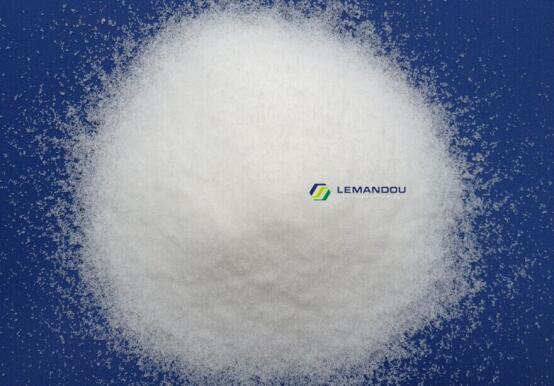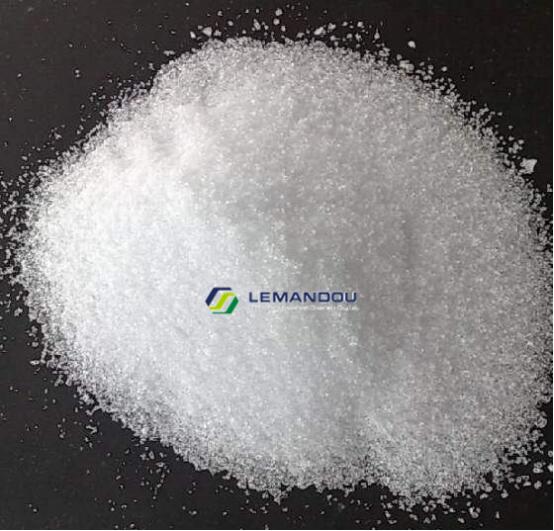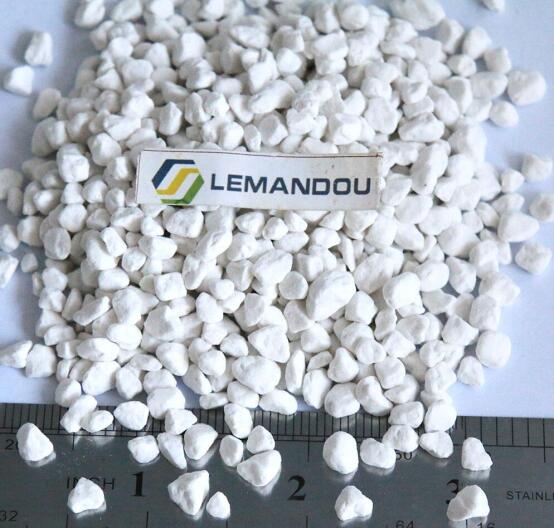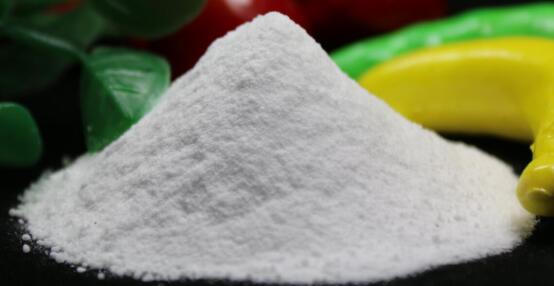-NOP
-MKP
-MOP
-SOP
Potassium Nitrate (NOP)
Containing 13.5% of nitrate nitrogen and 46% of potassium, it is a chemically neutral and physiologically neutral fertilizer with good water solubility. Long-term application will not cause soil acidification. It is suitable for vegetables and fruit trees from the stage of swelling to the initial stage of coloring, and can promote the swelling of pulp cells. Because it contains nitrate nitrogen, it is not recommended to use it in the later stage of coloring, which will easily cause blueness.
Monopotassium Phosphate (MKP)
It contains 52% phosphorus and 34% potassium. It is a chemically neutral and physiologically neutral fertilizer with good water solubility. Generally before and after flowering, it can be used to promote root germination and flower bud differentiation, and provide energy for flowering and fruit setting. Use in the coloring period can promote the powder coloring and increase the sweetness of the fruit; use after the fruit is picked can promote the maturity of the branches and increase the degree of fruit lignification.
Many people ask which one is better, potassium nitrate or monopotassium phosphate? In fact, there is no such thing as which one is better. The key is how to use them. Both of them contain different elements. Potassium nitrate is a binary compound fertilizer of nitrogen and potassium, and monopotassium phosphate is a binary compound fertilizer of phosphorus and potassium. Therefore, different products should be used according to different periods. The nitrate nitrogen in potassium nitrate is easily lost by rain, so it is generally not recommended to be used in paddy fields.
Regarding potassium nitrate and monopotassium phosphate, it can be understood that potassium nitrate is used when crop growth requires a large amount of nitrogen; when crop growth requires more phosphorus, monopotassium phosphate is used. Potassium nitrate is used in the swelling period, and monopotassium phosphate is used in the coloring period. Potassium nitrate is used in the normal growth period, and monopotassium phosphate is used in the flowering and fruiting period. Strictly speaking, these two products cannot be regarded as pure potash fertilizers. Even monopotassium phosphate is classified as phosphate fertilizer in many classifications.
Both of these fertilizers are quick-acting fertilizers, and the market price is higher than ordinary potash fertilizers. Therefore, it is not recommended to use as a base fertilizer, especially potassium nitrate. They are used for top dressing or extra-root fertilization. If you have the conditions, you can use the two together, which would be better.
Many high-end water-soluble fertilizer liquid potassium phosphite raw materials will use these two things. The most important point is the quality of these two things made in China, as long as they are regular manufacturers, there is no need to use imported ones.
Potassium Chloride (KCL)
The appearance of potassium chloride is white or light yellow crystals, and it contains iron salts and is red. Easily soluble in water, it is a high-concentration quick-acting potash fertilizer. It can be used as base fertilizer and top dressing. The amount of base fertilizer is 8-10 kg per mu, the amount of top dressing is 5-7 kg per mu, and 0.5% to 1% of foliar fertilizer is appropriate. The scope of application is correspondingly smaller than that of potassium sulfate. Special attention should be paid to the use of chlorine-sensitive crops such as watermelon, grapes, potatoes and other crops to avoid “chlorine damage”. In addition, potassium chloride is not suitable for saline-alkaline soil, but the chloride ion in potassium chloride can promote photosynthesis and fiber formation, and is particularly suitable for fiber crops such as hemp.
Potassium Sulfate (SOP)
The appearance of potassium sulfate is white crystals or colored crystals or particles. Theoretically, it contains 54% potassium, generally 50%. It is a chemically neutral, physiologically acidic fertilizer with good water solubility. It is characterized by low moisture absorption, not easy to agglomerate during storage, and easy to dissolve in water. It is suitable for all kinds of crops. It can be used as base fertilizer, topdressing and extra-root topdressing. The general dosage of base fertilizer is 10-12 kg per mu, the dosage of topdressing per mu is 5-7 kg, and 0.5%-1% foliar spray fertilizer is appropriate. Potassium can generally be absorbed by the soil and will not be lost. However, the measures of “small meals” should be taken on sandy soils with poor fertilizer retention ability. Generally, it is best to apply potassium to crops such as potatoes and melons.
But long-term use will increase the acidification of the soil. It is suitable from the late fruit coloring period to the fruit ripening period, promotes the powdery coloring of the fruit, and increases the sweetness of the fruit. It is said that manganese poisoning in many fruit tree areas is caused by soil acidification, and a direct cause of soil acidification is caused by perennial use of potassium sulfate.
Post time: Sep-13-2021










